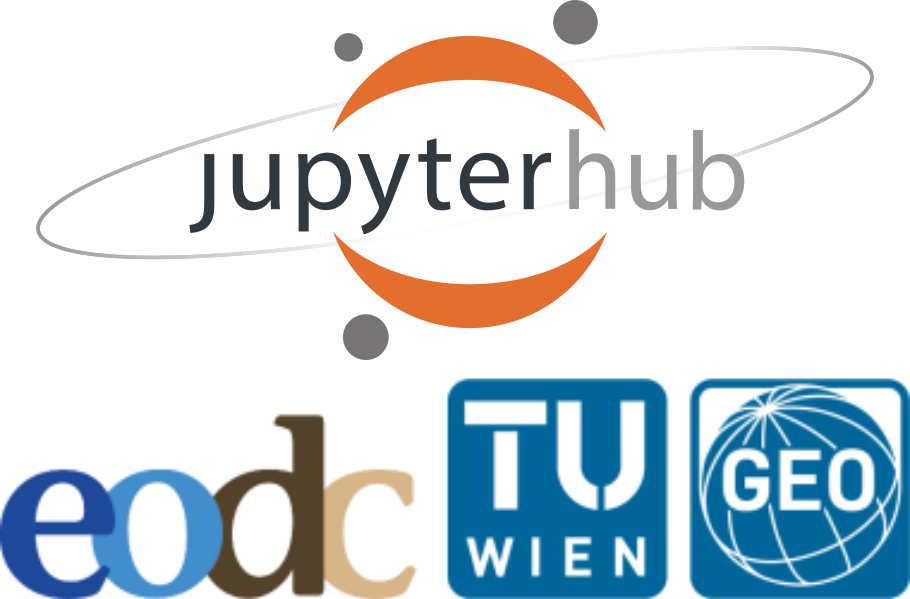Teaching and Learning EO with Jupyter
Preface
Jupyter develops open-source software and open standards for interactive computing in multiple popular programming languages. Most well-known are the Jupyter notebooks which are interactive documents that combine code, multimedia, and narrative text into a reproducible workflow. These notebooks are excellent tools for education; stimulating student engagement by exploring and analysing data interactively during lectures, assignments, and other learning environments. Jupyter as a central JupyterHub allows running Jupyter notebook servers for individual students in a class, while the lecturer controls the computing environment. Moreover, a JupyterHub enhances student participation, as the student only requires a web browser to run analysis and explore data. This Quarto book accompanied a demonstration at the EODC Forum of 2024 and contains links to notebooks hosted by Binder. The demonstration showcased a vision of the EODC JupyterHub in transforming teaching and learning earth observation techniques and geospatial analysis. The example notebooks described in this contribution represent some of the main research lines of the Research Unit of Remote Sensing at the Department of Geodesy and Geoinformation at the TU Wien.
